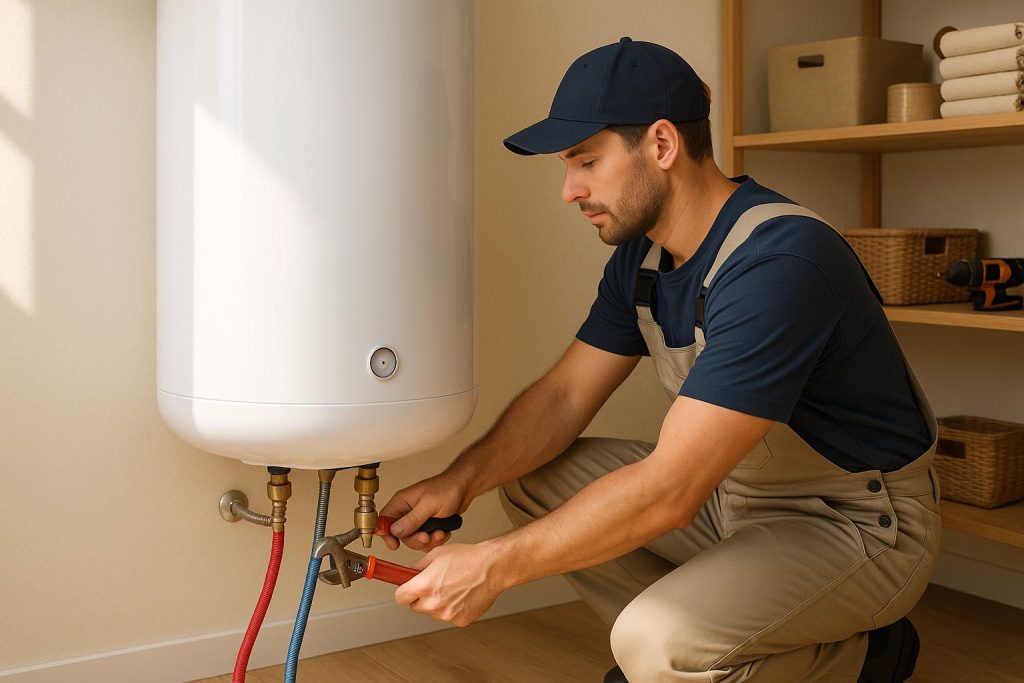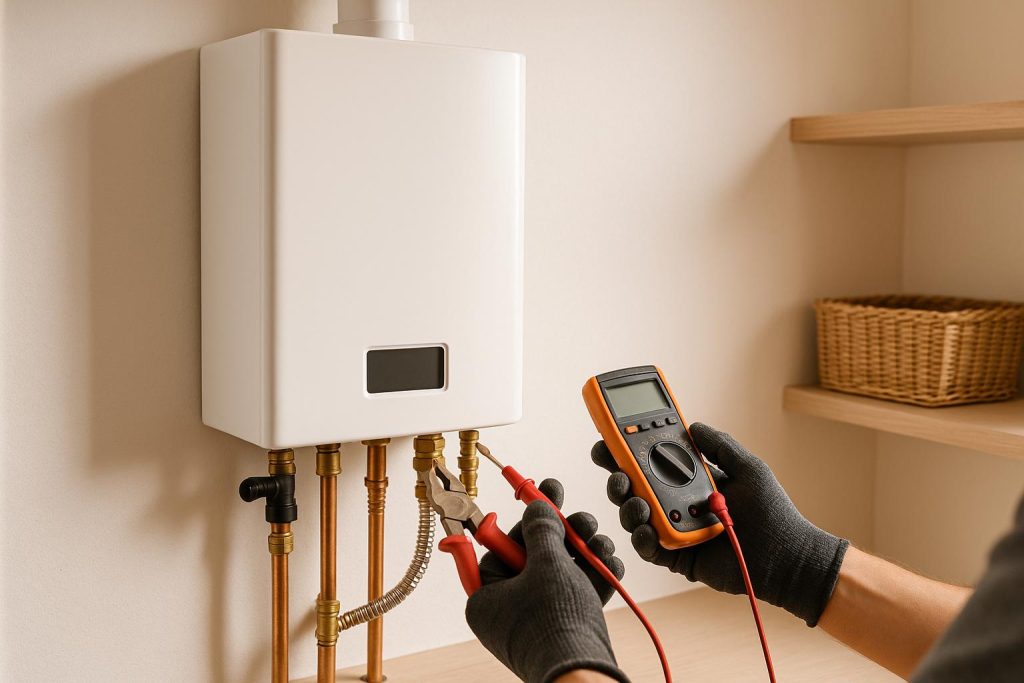
A catch basin is a type of infrastructure typically found on streets, parking lots, and other paved surfaces. It consists of a concrete or plastic box with a grate or cover on top, allowing water to enter while filtering out debris and larger objects.
Essential Functions of Catch Basins
- Water Collection: Catch basins collect rainwater and runoff from paved surfaces, preventing water from pooling and flooding roadways or surrounding areas.
- Debris Removal: The grate or cover on top of the catch basin prevents large debris like leaves, trash, and branches from entering the drainage system, ensuring it remains clear and functional.
- Sediment Settlement: Inside the catch basin, there is often a sump or sediment trap where heavier particles and sediments settle at the bottom. This helps prevent clogs in downstream pipes.
- Stormwater Management: Catch basins are a critical part of stormwater management systems, helping to control the flow of rainwater and direct it to appropriate drainage channels or treatment facilities.
- Preventing Erosion: By capturing and diverting runoff, catch basins help reduce soil erosion, maintaining the stability of nearby landscapes.
- Water Quality: Catch basins can be equipped with filters or inserts to improve water quality by capturing pollutants and contaminants from the runoff.
The Design
In order to properly understand how catch basins work in sewer systems, it is important that we first look at the different types of sewer systems.
They are:
1. Sanitary Sewer System
A sanitary sewer system refers to the sewer line designed to carry domestic waste from your house. The sewer line from your house runs underground and is connected to the city sewer lines at the street.
The waste is transported to the sewage treatment plant where solid and wastes are separated then the wastewater is treated before being discharged into the environment.
2. Storm Sewer System
A storm sewer system as it name implies is used to carry storm runoff and melting snow away from the house. Runoff from your house drains into the storm drain opening near the street where it is connected to the main city’s storm sewer system.
Unlike in sanitary sewer systems, the wastewater in a storm sewer is not treated in a sewer treatment plant. Instead, it is discharged directly into a water body like a river or lake.
Storm sewers will need a catch basin near the street where the runoff from your house drains. You will see a grated cover near the driveway or yard which shows that is where the storm drain catch basin is.
3. Combined Sewer System
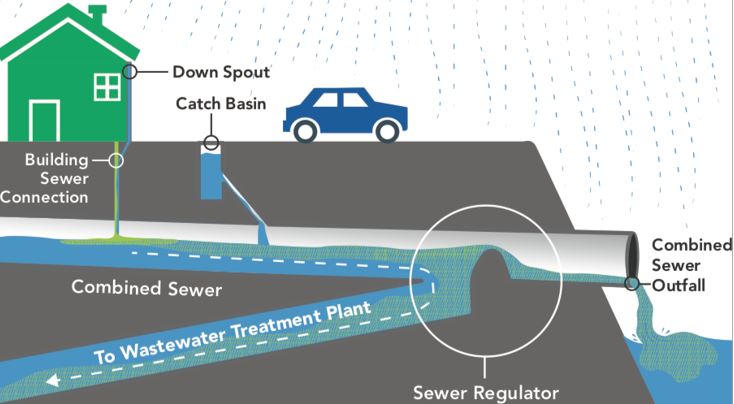
A combined sewer system is the drainage system you will find in old municipalities. Both the domestic waste and storm runoff are connected and drained using the same pipe.
The drainpipe carries all the waste to the treatment facility where the waste is treated before being discharged. This system works well until there is a heavy downpour.
After a heavy downpour, the surface runoff overwhelms the system. Because these system is designed with an overflow, the excess wastewater is diverted into the nearest river or lake.
Catch basins are extensively used in these sewer systems and I will explain to your why that that is the case.
Other than having one single pipe to carry domestic waste and surface runoff, old sewage treatment plants did not have the ability or capacity to treat some of the substances present in the wastewater.
These include fats, grease, oils, lye and phosphates. Although modern sewage treatment plants are capable of treating such wastes, you should avoid pouring grease in your drains since it can clog drain lines and result in sewage backups.
Catch basins were therefore designed to trap this among other wastes and debris.
How they Work
This catch basins are usually made from bricks, concrete blocks or concrete rings. They are constructed in such a way that they are deeper than the sewer line at the street by a few feet. That is very important.
The top of the catch basin is then covered using a grate. As I mentioned that is both for safety purposes but also to prevent leaves and other types of debris from clogging/filling it.
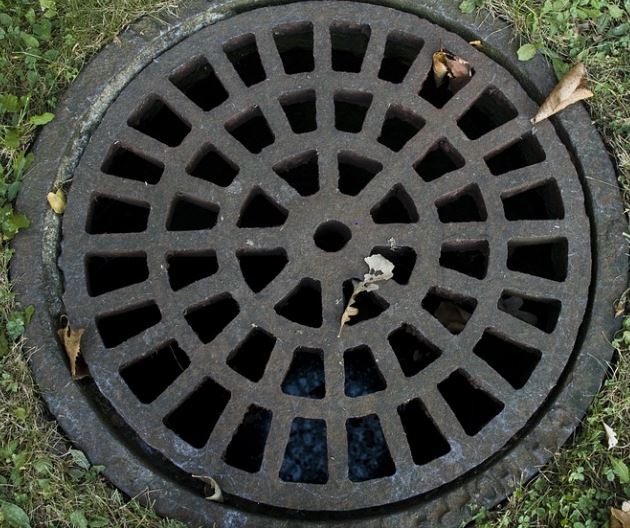
There will be 2 pipes connected to the catch basin. The first one is the inlet pipe carrying waste from the house and the other one is the outlet/discharge pipe carrying the wastewater to the city’s sewer line.
There could also be extra pipes draining into the catch basin. These are pipes connected to the house’s gutter downspout or one connected to the yard/French drain.
Since the house’s floor drains, laundry and kitchen sink drains wastewater contains the unwanted contaminants, they would first drain into the catch basin. Waste from toilets, tubs, showers and bathroom sinks has no contaminants that the sewage treatment plant can’t handle and will therefore drain directly into the public sewer line.
Once inside the catch basin, the wastewater will separate naturally. The grease, oils and fats will form a scum and float at the top of the water while the solids will settle at the bottom.
Only clear water will flow out via the outlet pipe. To make sure of that, the outlet/discharge pipe is usually elbowed inside the catch basin (elbow facing down). The elbow/trap ensures only clear water flows out and not the scum.
This system may fail to work as envisioned when the level of water inside the basin is too high. High water level inside the basin (usually after a heavy downpour or high level of sediment) also means that the scum layer is very high in the basin as well.
To clean the catch basin, it is not unusual to see a bucket on a pole called a muck bucket near the catch basin. The bucket (or sometimes a shovel) is used to remove the scum layer or sediment from the catch basin.
A good practice is to clean the catch basin when the level of the sediment is about a 1/3 of the total volume of the catch basin. You should also regularly remove debris from the top of the grate and replace the discharge elbow if it is broken.
Catch basins can really be smelly. Since your kitchen sink would be connected to it, you should avoid using the garbage disposal since the grinded waste will settle at the bottom of the basin, decay and result in a horrible stench.
Inspection
To make sure that your catch basin is working flawlessly and safely, it needs to be frequently inspected. A professional inspector should do it but there are those checks you can do on your own.
The first thing you need to do is to examine the overall condition of the exterior of the catch basin, especially the lid/cover.
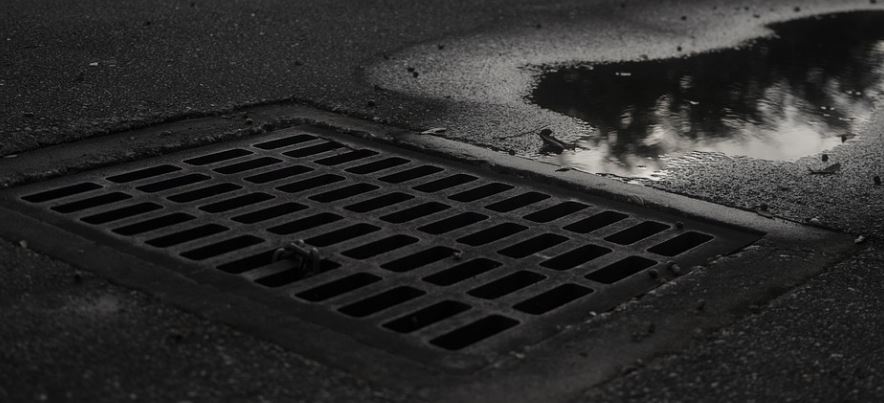
There are 2 types of lids depending on the location of the catch basin. If it is on the driveway then the lid will be made of thick metal and will be very heavy. Be careful with your back and hands when try to lift these types of lids.
Lids of catch basins installed in yards or sidewalks are relatively lighter. You should however inspect them regularly as well.
Check if there are any cracks on the lid and if it sits intact on top of the basin. A cracked lid poses serious risks to humans, animals and even property.
After the lid, inspect the concrete ring around it for cracks or dents/voids. A cracked concrete ring is as good as a cracked lid. Voids or sink holes around the lid are usually a sign that the catch basins internal walls are failing or eroded.
If the exterior of the catch basin looks satisfactory, it is time to inspect the interior. Lift off the lid and place it aside.
Of course the first thing you will notice is the level of scum, water and sediment but what you need to check is if the interior walls of the basin are structurally sound. Distorted walls should be a concern.
As a sign that the catch basin is working perfectly, the level of water or scum in the basin should be below the inlet pipe. If it is higher it means the outlet pipe is clogged or the sediment is way too high in the basin.
So, how do you know if your catch basin is still in use or if the previous homeowner had migrated to a separate sewer and storm sewer system?
Very easy! Dash to your kitchen and turn on the sink faucet and go back to the where the catch basin is. You should be able to see the water from your kitchen sink draining into the basin. If there is no water then the catch basin has been vacated.
This system is no longer needed in modern homes. If you still have one you can reconfigure your drainage system to have separate sewer and storm drain systems.
The catch basin will then be permanently sealed by filling it with stone, gravel or both. The job however needs to be done by a professional.
In Modern Plumbing
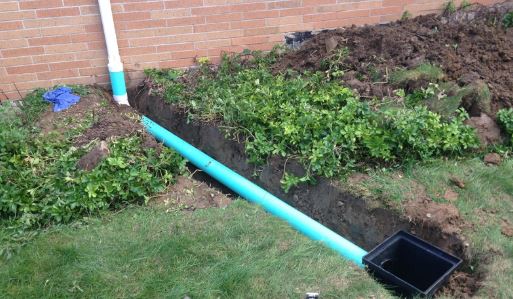
Although the catch basins described above are no longer needed, other types of catch basins are actively being installed in residential plumbing and are quite effective.
If you have a basement floor drain, French/yard drain or a drain connected to the gutter downspout you then most likely have a catch basin. You will also need it if you need to install any of these drains.
In design and principle, these catch basins look exactly like the catch basins used with sewer/storm drains but they are small in size and made of plastic. They are designed to separate solids from liquids but there is usually no layer of scum at the top.
These type of catch basins are normally 1-foot by 1-foot (1-square-foot) and are cheap and readily available online or in home improvement stores.
Their top cover is also grated to allow the water to flow in and also prevent leaves and other trash from falling in and clogging the drainpipes. Just like with the storm drain catch basins, you should inspect and clean these basins to make sure that the solids at the bottom don’t fill it up completely.
Discharge pipes from catch basins are usually installed at a certain slope to help the wastewater flow out via gravity. In basement floor drains where the floor drains are lower than the sewer line, the catch basins drains into a sewer pit with an ejector pump.


